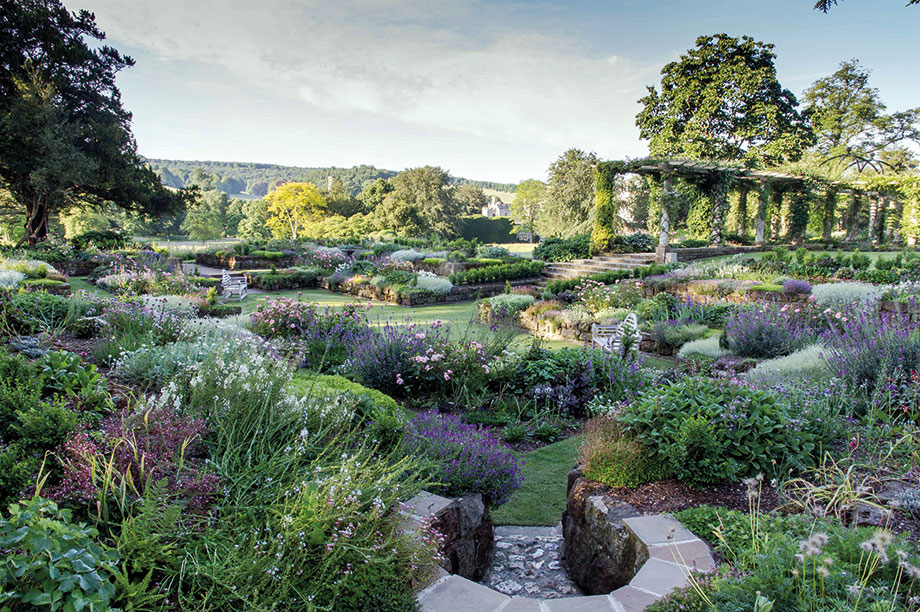West Dean Gardens, part of the Edward James Foundation, are a Grade 2* listed, historic designed landscape consisting of a restored walled garden and Victorian glasshouse range, extensive ornamental grounds including a 100m long Edwardian pergola designed by Harold Peto, a 240 acre landscape park and the 50 acre St Roche’s arboretum - all linked by a 2.5 mile scenic walk.
The gardens team currently consists of Jim Buckland, Gardens Manager, Sarah Wain, Gardens Supervisor plus six other gardeners including a trainee. In addition there are 45 garden volunteers.
The gardens objectives are:
- To preserve and enhance the historic landscape legacy of Edward James, for the pleasure and solace of current and future generations.
- To celebrate and demonstrate the art and craft of gardening to the highest possible standard.
- To provide a beautiful and inspirational environment for our 5000+ students, staff and visitors.
- To defray the running costs of the gardens by opening them to the public.
- To meet the needs and expectations of an increasingly broad audience from young families to short course students, festival-goers and photographers.
- To increase the footfall and to nurture repeat visitors by new and diverse promotional activity.
Like many landscapes in South East England West Dean Gardens were severely damaged by the storms of 1987 and 1990. This prompted the Trustees to review the past, present and the future of the gardens, the outcome of which was a commitment to revivifying them to meet the objectives listed above. Unusually the timescale was open ended to allow the project to be carried out in house using the resources of the resident gardens and building teams - and to a masterplan drawn up by the Gardens Manager.
The programme has included the creation of a new entrance, a dedicated car park, visitor facilities and the redevelopment of the entire landscape commencing with the walled garden and glasshouses. Three of the Victorian glasshouses have been restored to working order since September 2016.
At the centre of achieving the team’s objectives have been mechanisation where appropriate, gaining efficiencies through clever design, a clear and focused vision, highly practical inputs such as metal edging all lawn edges, effective use of volunteers and the nurturing of the team to become a highly coordinated and focused unit.
The outcome is a garden that is internationally recognised by both professionals and garden visitors alike as an exemplar of good garden development and maintenance.
Visitor numbers have risen steadily over the decades from around 10,000 per annum in the early 90s to over 90,000 at present.



